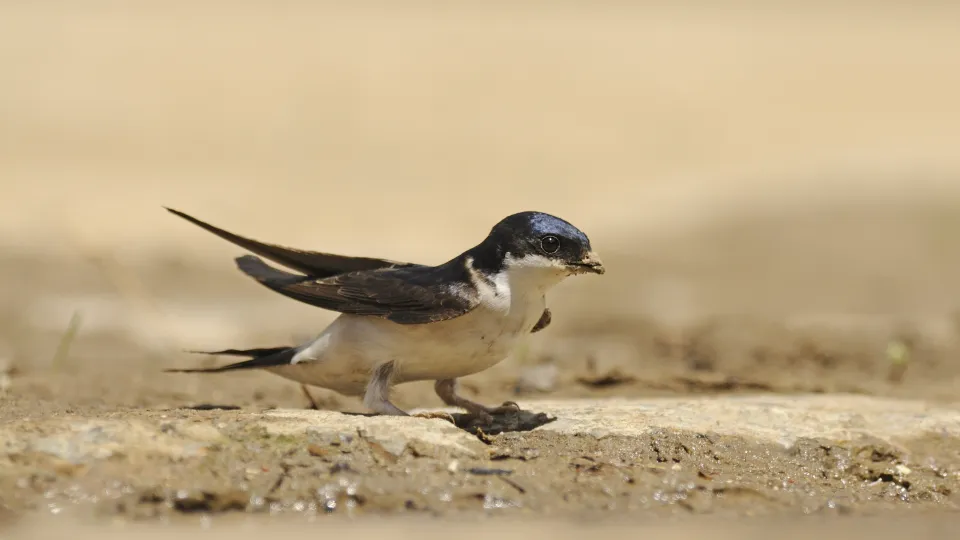
House martin
As its name suggests, the house martin can be spotted nesting in the eaves of houses in our towns and villages. Its intricate mud nests take days to build and are often returned to and used in following years.

As its name suggests, the house martin can be spotted nesting in the eaves of houses in our towns and villages. Its intricate mud nests take days to build and are often returned to and used in following years.
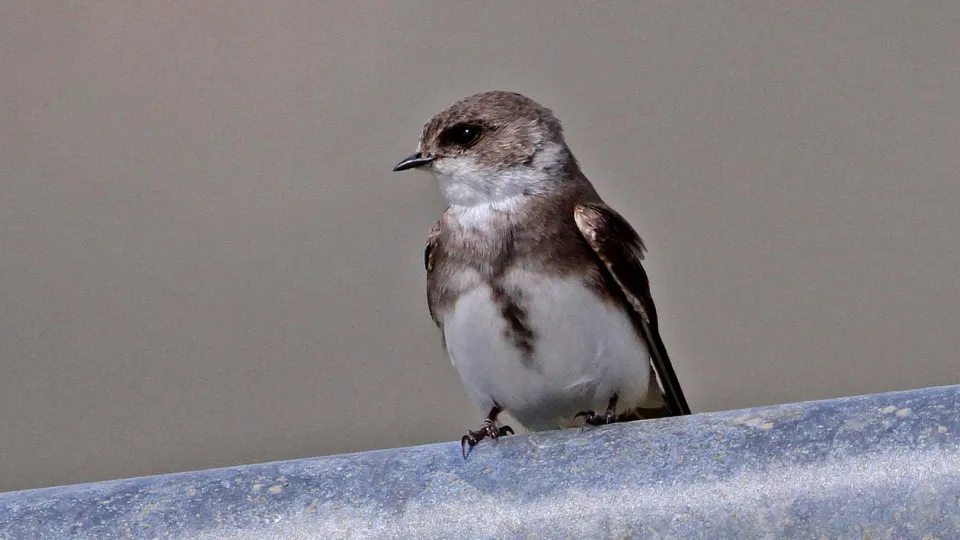
The tiny, brown-and-white sand martin is a common summer visitor to the UK, nesting in colonies on rivers, lakes and flooded gravel pits. It returns to Africa in winter.
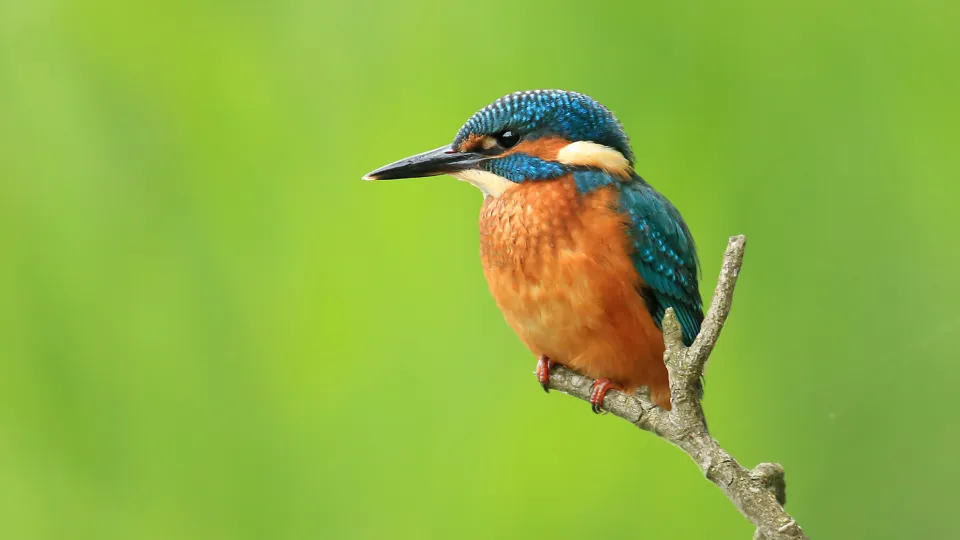
Blink and you may miss the fantastic kingfisher! This beautiful bird is easy to recognise thanks to its bright blue and metallic copper colours. It darts along the riverbank or sits patiently on a low branch over the water waiting for its next meal to swim by.
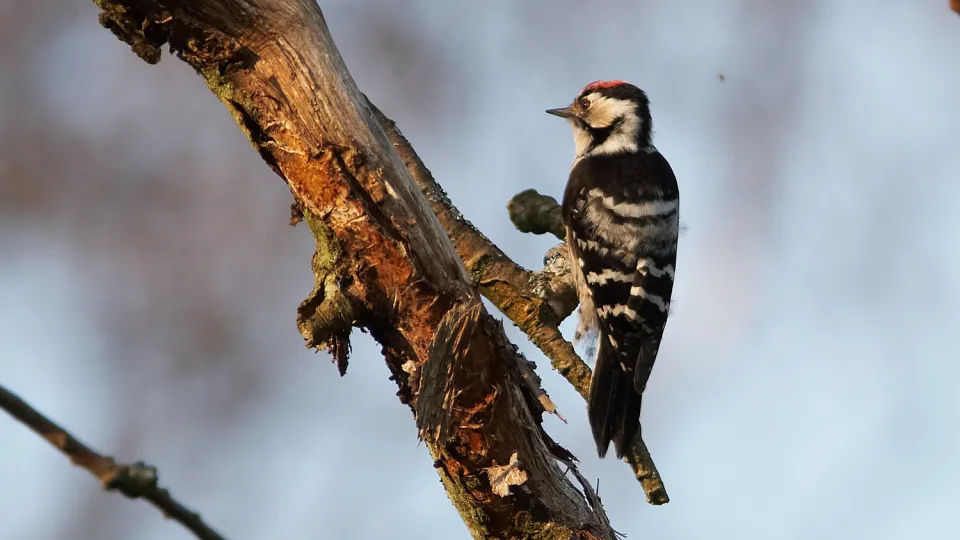
The lesser spotted woodpecker is the smallest of the UK's woodpeckers. Listen out for its drumming, which is quieter than that of the great spotted woodpecker, in woodland, parks , orchards and gardens.
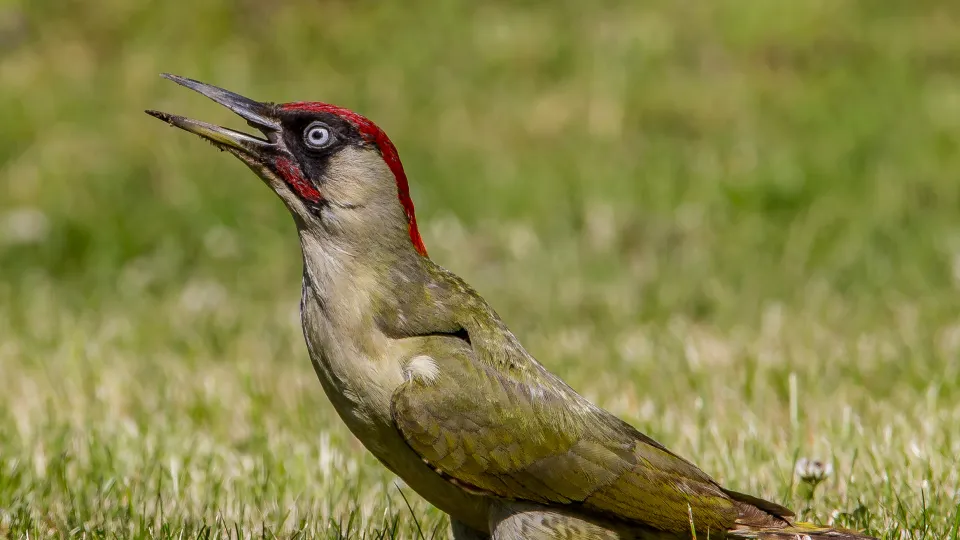
The laughing 'yaffle' call of the green woodpecker can be heard in our woodlands, parks and gardens. Look out for it hopping about your lawn, searching for ants to eat.

The 'drumming' of a great spotted woodpecker is a familiar sound of our woodlands, parks and gardens. It is a form of communication and is mostly used to mark territories and to display in spring.
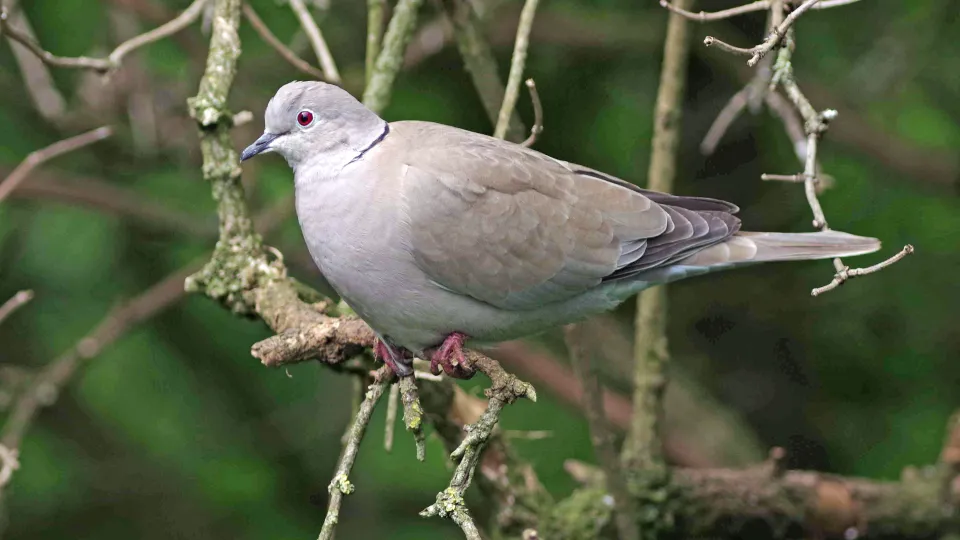
The collared dove is a pretty little pigeon that is a regular sight in our gardens, woodlands and parks. Listen out for its familiar cooing call, which you may hear before you see the bird itself.
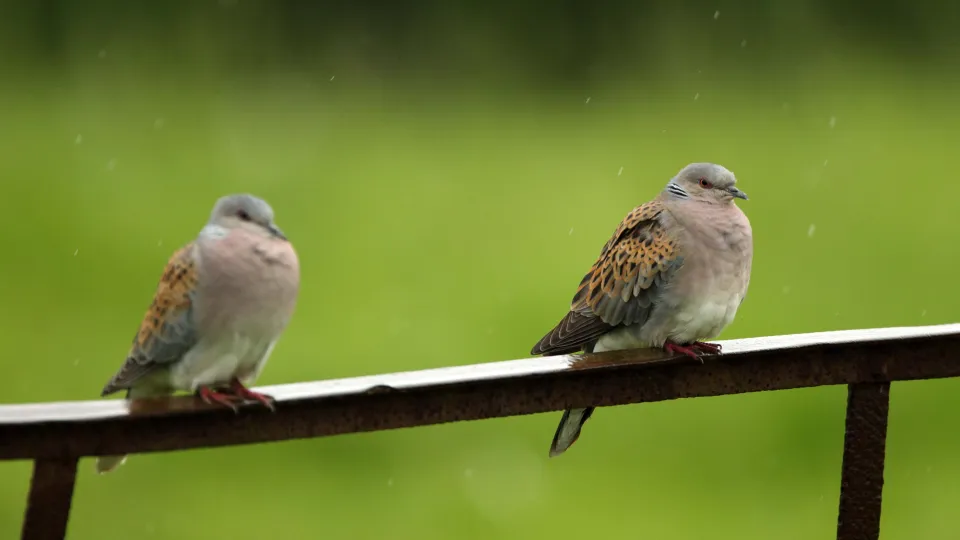
The turtle dove is the UK's fastest declining bird species and is on the brink of extinction. A small and pretty pigeon, it breeds in lowland England and winters in Sub-Saharan Africa.
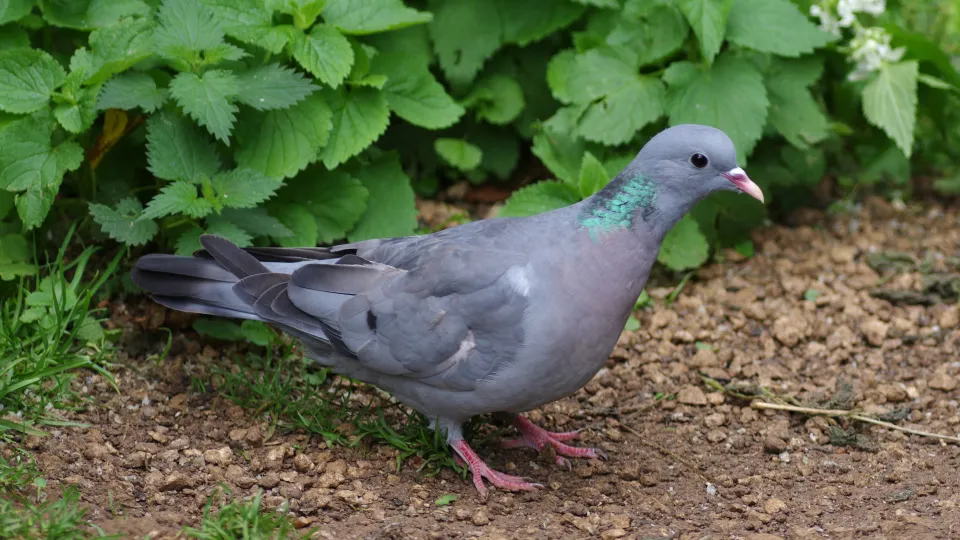
The stock dove looks very much like the woodpigeon, but without the white neck and wing patches. It can be spotted in woodlands and parks, and on farmland in winter, but rarely visits our gardens.

The large, plump woodpigeon is a familiar sight in our gardens and parks, but can also be found on farmland and in woodlands almost everywhere. You may hear its cooing call before you see the bird itself.